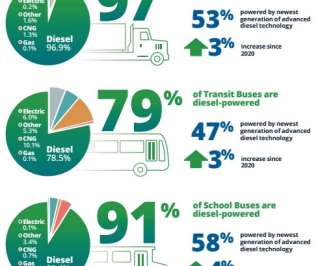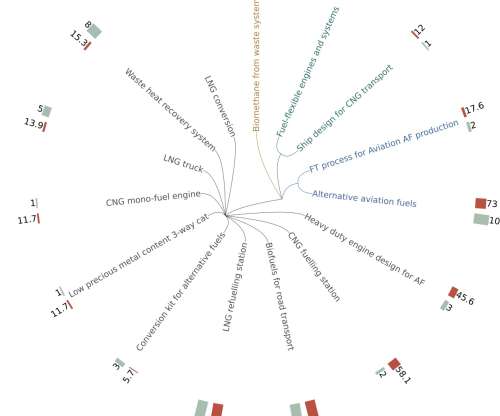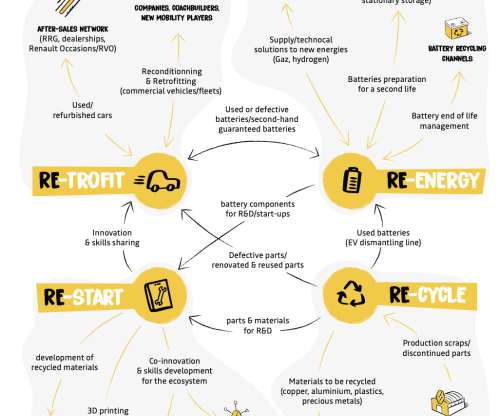DTF: Diesel dominates commercial truck, transit and school bus fleets in US
Green Car Congress
JULY 14, 2022
Other fuels that play a role in commercial trucking include gasoline (23%) and compressed natural gas (0.4%). Electric and other categories each register less than 1%. About 32% of all electric trucks nationwide are in California, where for every electric truck there are about 300 diesel trucks (all years, Classes 3-8).






































Let's personalize your content